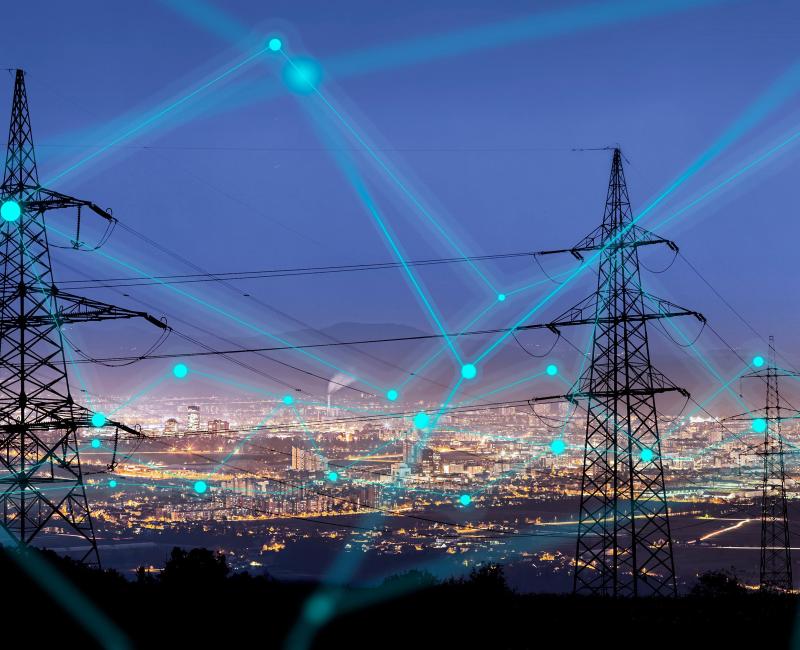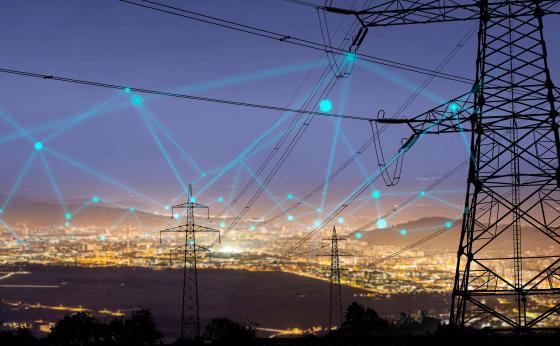ACER unveils outcomes from its roundtable meeting on the revised REMIT Regulation’s new reporting obligations

ACER unveils outcomes from its roundtable meeting on the revised REMIT Regulation’s new reporting obligations
What is it about?
On 29 May 2024, ACER held a roundtable meeting to discuss the implications of new data reporting obligations introduced by the revised REMIT Regulation (Regulation on Wholesale Energy Market Integrity and Transparency). The event brought together different stakeholders: Associations of Energy Market Participants (AEMPs), Organised Market Places (OMPs), and Registered Reporting Mechanisms (RRMs).
What were the main discussion points?
The discussions mainly focused on the orderbook reporting obligations specified in Article 8(1a)a of the revised REMIT, which entered into force on 7 May 2024. Participants debated how to ensure compliance with the new provisions and raised several questions regarding their implications. Among others, the following aspects were clarified:
-
Each OMP is required to report orderbook data to ACER on behalf of all market participants trading on their platform.
-
Individual market participants should ensure that the relevant OMPs are adequately prepared to start reporting transactions on their behalf, including orders to trade, which are entered, concluded or executed on the OMP platform.
-
Market participants must continue to report data for those trading activities taking place outside of OMPs.
Access the Q&As and slides presented at the meeting.
What are the next steps?
ACER will run a public consultation from 28 June 2024 to 16 September 2024 to collect stakeholders’ feedback on its proposals for data reporting under the new REMIT Implementing Regulation.
The inputs received will contribute to shaping ACER’s proposal to the European Commission, which will adopt the revised REMIT Implementing Regulation by 8 May 2025.





